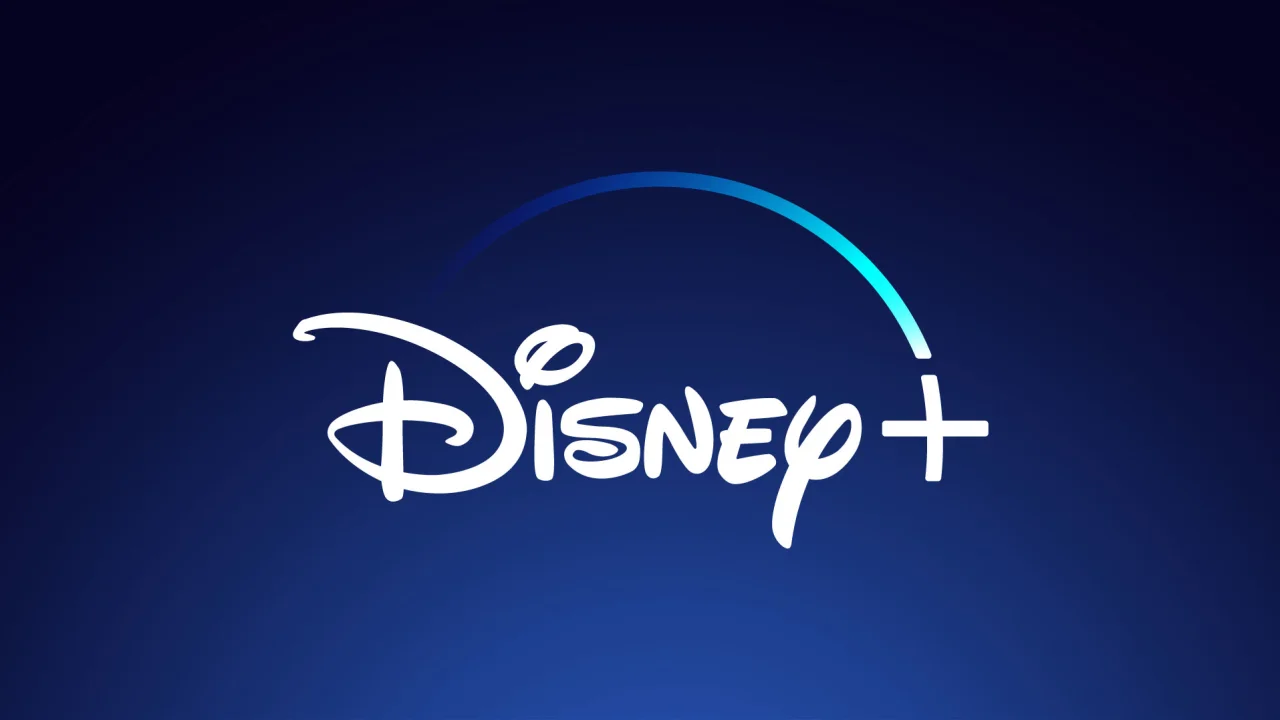The era of Disney’s cheap streaming is officially over

On Wednesday, Netflix officially closed its disruptive streaming model, which offered unlimited films, TV shows, and endless entertainment without annoying advertisements at extraordinarily low prices.
The Magic Kingdom will once again raise Disney+ prices in October for the second time in less than a year, increasing the monthly rate of its ad-free plan by $3 to $13.99. Disney has a majority stake in Hulu, and the company will also raise its monthly subscription rate by $3 to $17.99.
As a result of the nearly 20% price hike, Disney+ will now cost twice as much as it did when it launched four years ago, and Hulu’s ad-free plan will now cost more than Netflix’s most popular plan.
Iger said he set Disney+’s price well below its competitors “to reach as many people as possible” when it launched in 2019.
Iger acknowledged Wednesday’s move to raise prices marked an acknowledgement that the media giant intends to squeeze more revenue out of streaming by pushing consumers to advertising-supported plans, which have proven more profitable.
Investors heard Iger say on the quarterly earnings call that the streaming advertising market is picking up. As compared to linear television’s advertising market, this one is more robust. Streaming platforms like Disney+ and Hulu will continue to offer advertising opportunities in the future.”
As a result of Disney’s moves, the industry landscape is going through a similar trend. As Wall Street grows impatient with them swimming in waves of endless red, media companies are abandoning pricing structures that pushed bottomless libraries of content to consumers at too-good-to-be-true, one-size-fits-all prices.
Hollywood studios such as Paramount and Warner Bros. There have been price increases on Discovery, NBCU, and even Netflix this year as they strive to be more profitable. Additionally, password-sharing crackdowns are on the way, as Iger announced on Wednesday for Disney.
Streaming is losing much of its initial appeal with this announcement. Thousands of people enrolled in Netflix’s pioneering service when it was offered at just $8 a month, eager to get access to the company’s expansive catalog for a fraction of the cost of a cable package. As a result, legacy entertainment companies such as Disney raced to launch their own direct-to-consumer products at unsustainable prices.
That’s all done now.
Massive libraries of content are becoming more expensive (not to mention shrinking) by the year. The cost of basic cable will effectively be the same for consumers who bundle just a few streamers together in 2023. When you combine that reality with the introduction of ads to streaming, the end result is eerily similar to on-demand cable.
I find it ironic that the streaming wars have come to an end this way. While billions and billions of dollars have been spent building supposedly revolutionary streaming platforms, and business models that had provided stability to the industry for decades, the end product looks remarkably similar to what consumers and companies were trying to break free from in the first place.
